Zoo welcomes critically endangered tiger pair
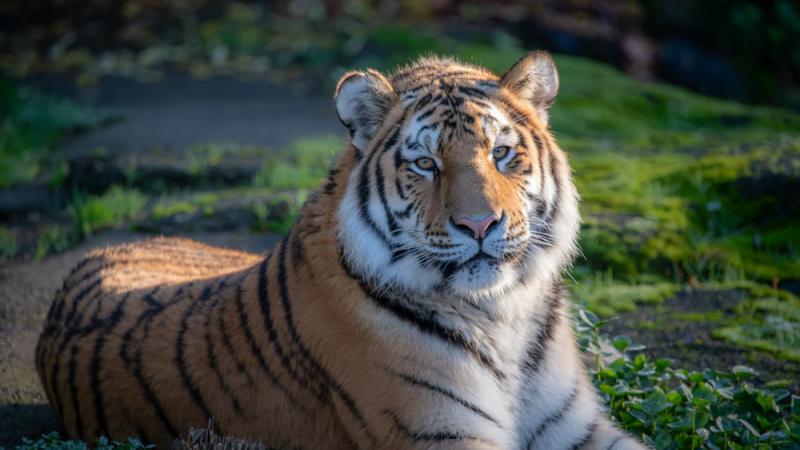
18-month-old brothers Dmitri and Luka are settling into their new habitat
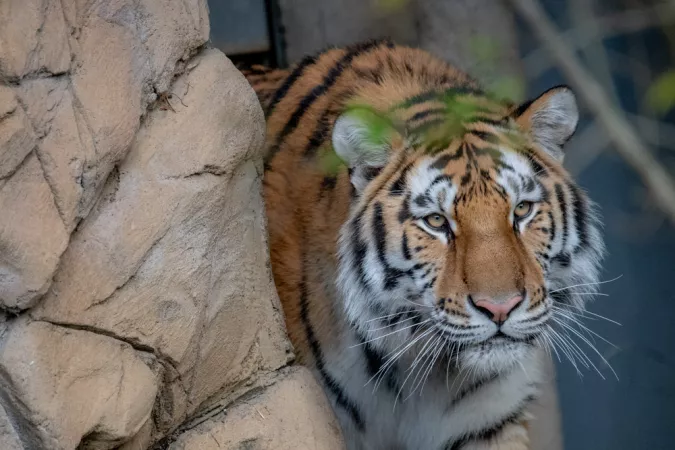
It’s a grrreat week at the Oregon Zoo as care staff welcome two new Amur tigers, brothers Luka and Dmitri. The 18-month-old big cats are settling in well at their new home in the heart of the zoo and have already begun venturing outside to explore.
“We’re so happy to have Luka and Dmitri here,” said Amy Hash, who oversees the zoo’s tiger habitat. “They’re curious and playful and seem to be enjoying their new surroundings. Luka is calm and sweet, and Dmitri is a bit feistier.”
The tiger brothers were born in Minot, North Dakota, in 2022. Though they look very similar, Hash says, the easiest way to tell them apart is by their distinct markings. Dmitri, for example, has a V-shaped stripe over his left eye.
“Tiger stripes are unique to each individual, similar to our fingerprints,” Hash said.
Amur tigers, the largest of the nine tiger subspecies, are at serious risk of extinction, with only around 500 believed to remain in their native range.
The Oregon Zoo has been a Tiger Conservation Campaign partner since 2012, supporting efforts to restore tiger populations through research, counter-poaching measures and human-tiger coexistence efforts across their range countries. While the iconic big cats continue to face threats from habitat loss and the illegal wildlife trade, some populations are on the rise thanks in part to this powerful partnership led by the Wildlife Conservation Society.
Another pressing threat facing these critically endangered cats is lack of genetic variation, and accredited zoos are participating in coordinated breeding programs to help preserve them. Dmitri and Luka came to Portland on a recommendation from the Species Survival Plan for Amur tigers — a cooperative program among zoos that helps create genetically diverse, self-sustaining populations to guarantee the long-term future of animal species. Though the Oregon Zoo lacks adequate denning space for tigers to raise cubs, it plays a critical role in the SSP by housing tigers not currently recommended for breeding.
More News
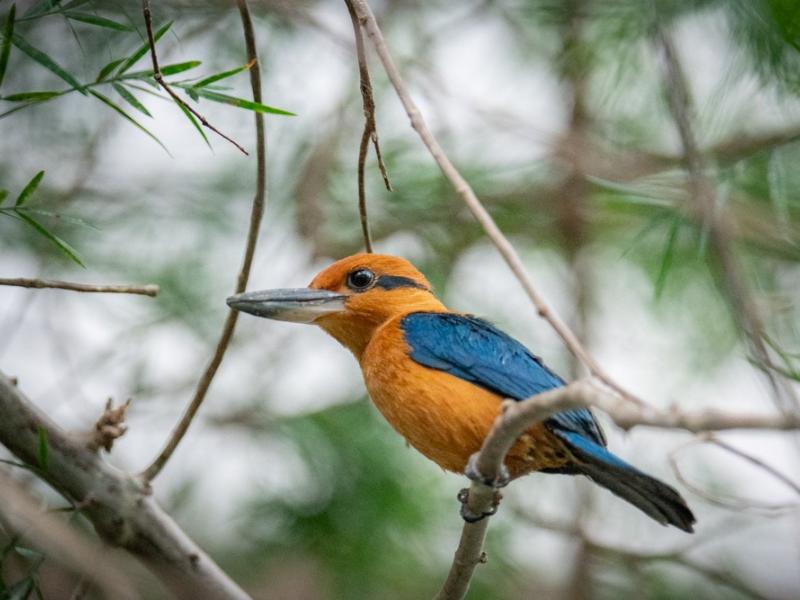
Zoo welcomes ultra-rare sihek kingfishers
The Oregon Zoo is home to many critically endangered species, but perhaps none as rare as its newest arrivals: a trio of sihek kingfishers.April 25, 2024
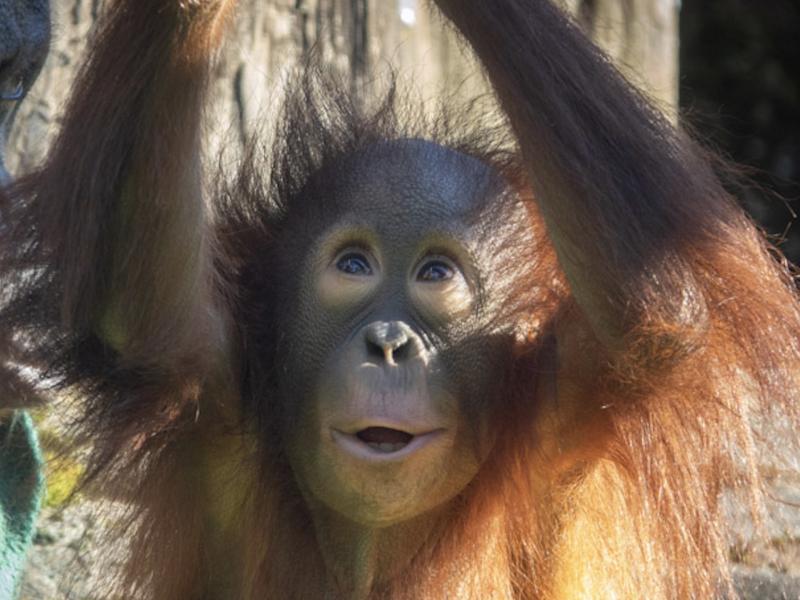
Jolene turns 2: Zoo to celebrate orangutan's 2nd birthday
The littlest member of the orangutan family is celebrating a big milestone this week: Jolene will turn 2 on Saturday.April 12, 2024
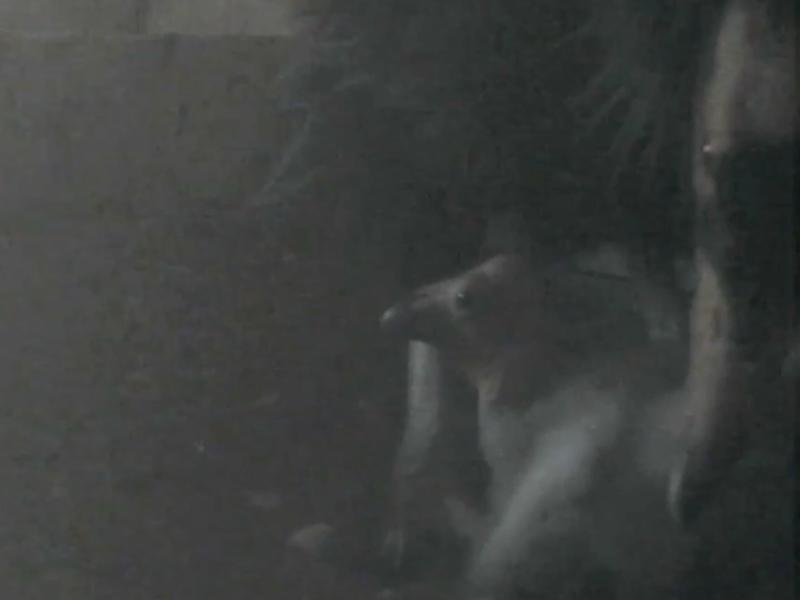
Seven chicks and counting: Zoo welcomes first condors of 2024
Seven fluffy chicks hatched last month at the Oregon Zoo’s Jonsson Center for Wildlife Conservation.April 5, 2024

